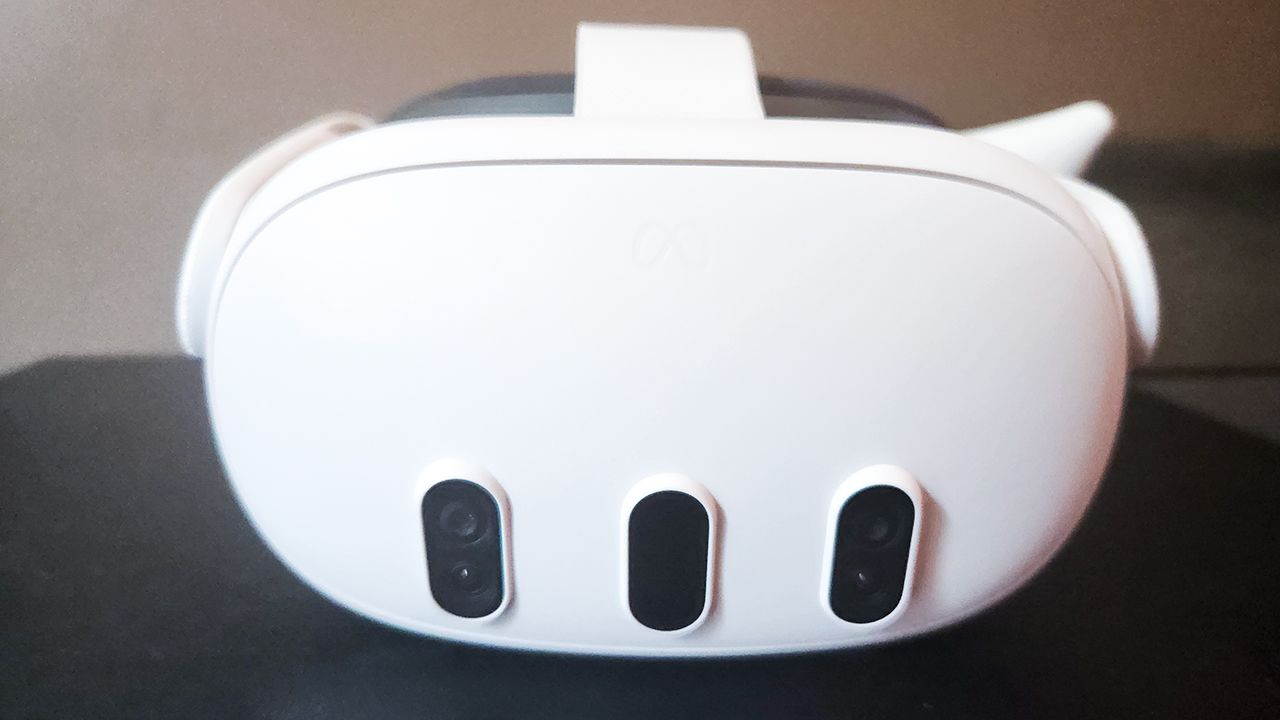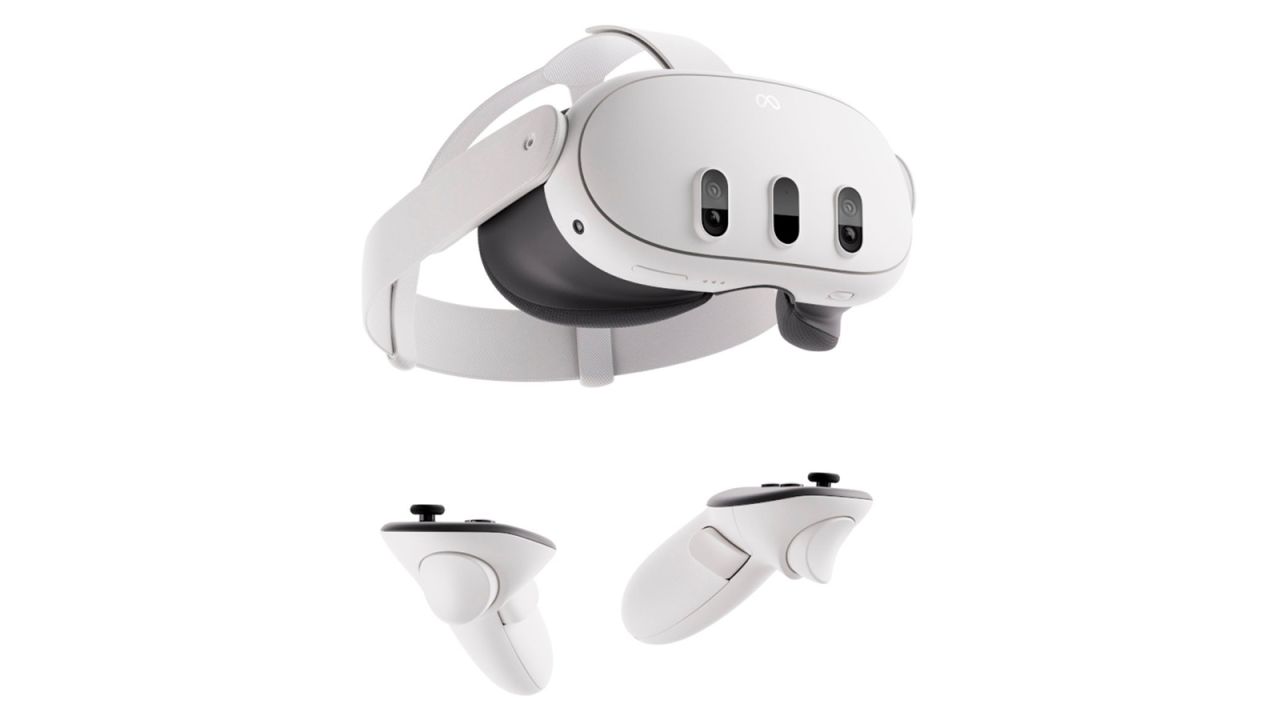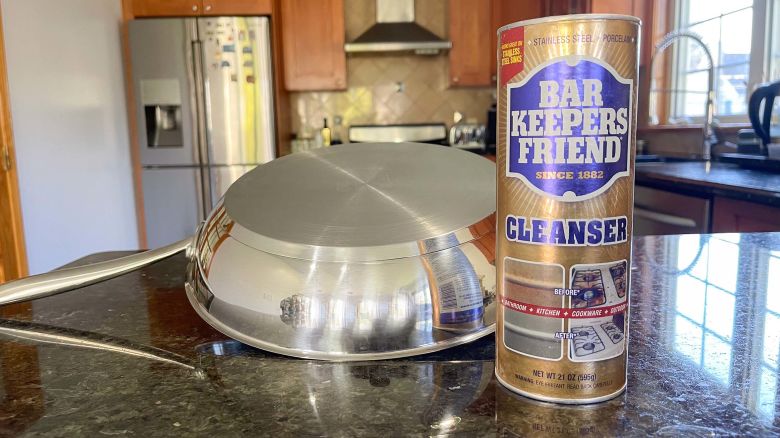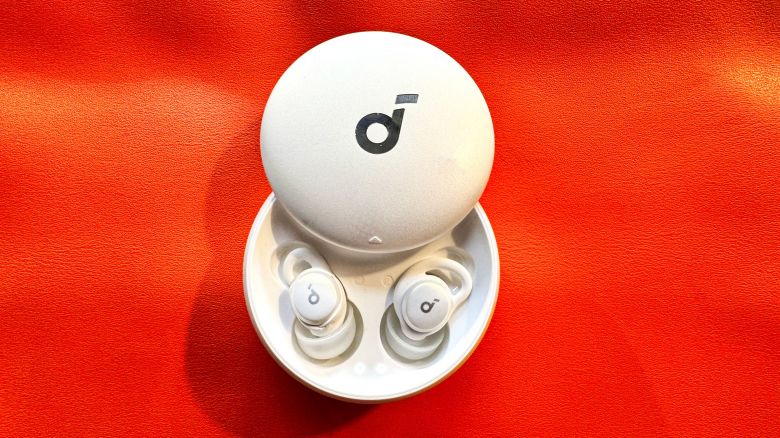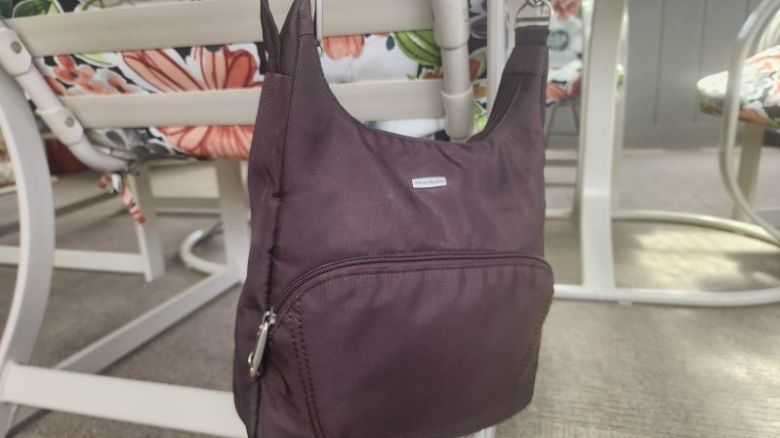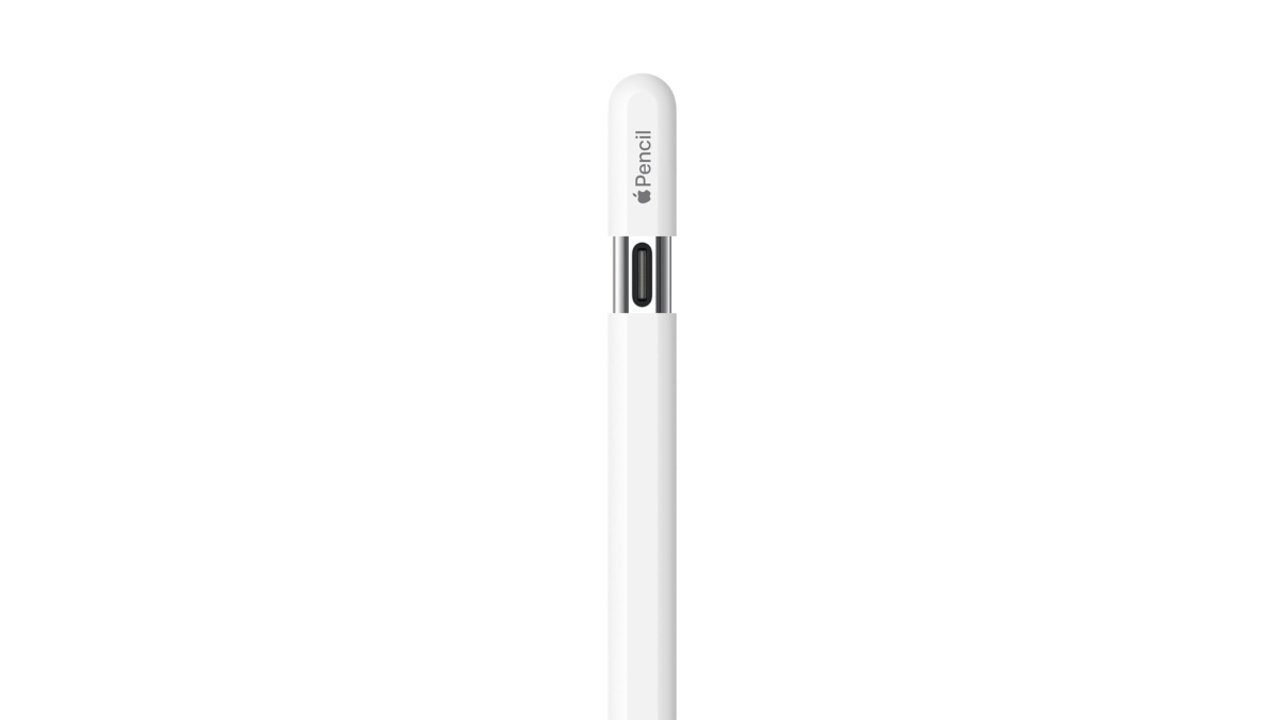When reviewing a VR headset, it can be difficult to take one of those cool headshots you may have seen in certain product reviews here on Underscored. But a few days into having the revolutionary Meta Quest 3, something just clicked. I could now just take a selfie with the headset on my phone and upload it to cloud storage without even taking it off. During Supernatural and FitXR workouts, I literally could take phone calls, check emails, answer the door for deliveries and move boxes around my home. The Meta Quest 3 stayed wrapped around my head the entire time.
While headsets like the Meta Quest 2, HTC Vive XR Elite and Sony PSVR 2 have decent passthrough (the ability to see the real world while wearing a VR headset), none have come with the practical capabilities of the Meta Quest 3. On top of letting you keep tabs on your living room more easily, the headset’s multiple color cameras and depth sensors open the door for a wide range of exciting mixed-reality applications.
Those aren’t the only improvements you’ll see in the Meta Quest 3. Expect higher per-eye screen resolution and an updated Snapdragon XR2 chip for enhanced visual performance. All of these powerful specs are packed into a headset that’s slightly heavier than before but also significantly thinner. Even the packed-in controllers shed some weight and gained improved haptic feedback.
The Meta Quest 3 is available now, starting at $500 with 128GB of storage and going up to $650 for a 512GB model. Here are our thoughts after spending about a week and a half inside Meta’s latest headset.
Meta’s latest VR headset features a thinner design, improved performance and updated passthrough capabilities for mixed-reality applications.
What we liked about it
Incredibly improved design inside and out
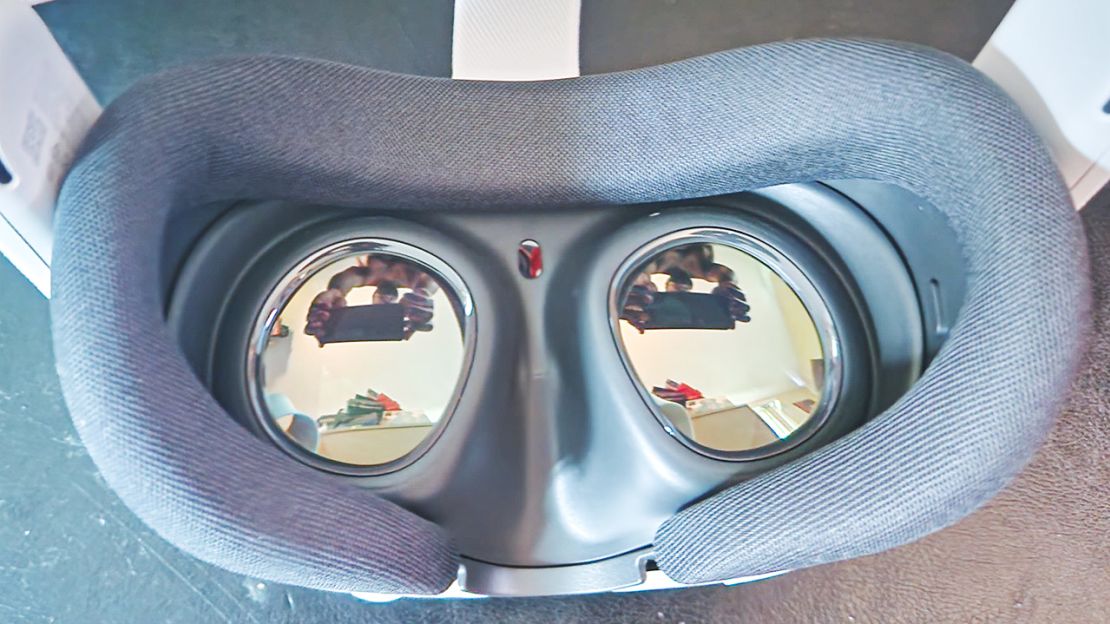
Once you take it out of its minimalist box, you’ll immediately notice how different the Meta Quest 3 is from the Quest 2. It’s thinner in frame than its predecessor, and the included straps now have a more durable textured layer on top of the drawstring instead of the flimsy plastic ones on the previous headset. Then there’s the faceplate, featuring the color cameras and depth sensors divided in three pillars for passthrough. Though this design has been divisive, I personally think it’s a cool look. The upgraded cameras also help with both hand and controller tracking. Speaking of the controllers, they’re slimmed down significantly and lose the tracking rings from the previous Touch controllers. This means that users are less likely to smash them together by accident while flailing around in certain apps.
The USB-C port has moved from the side of the headset to the strap connector, which allows for better weight distribution. For those who want to use their own headphones, the 3.5mm jack is on the other side’s strap connector. This time, the bottom has three connectors for an optional wireless charger accessory. Finally, the Meta Quest 3 also has an eye distance dial near the volume rocker.
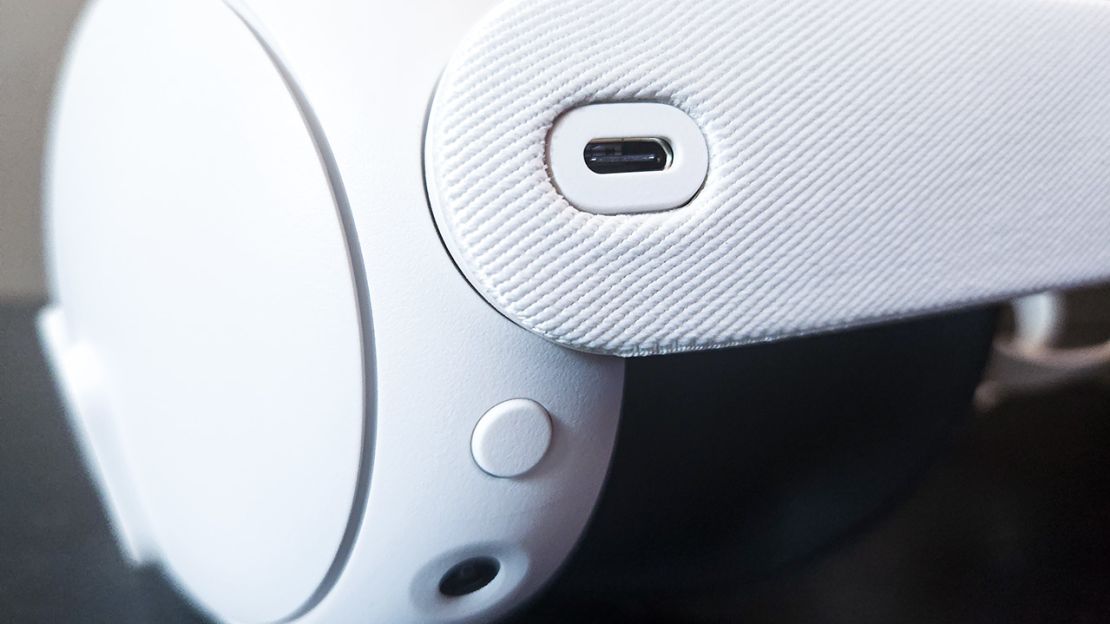
The Meta Quest 3 does feel a little bit heavier than the Meta Quest 2 at 530 grams versus 515 grams. However, the difference is barely noticeable. Most importantly, it feels comfortable on the head for short and long VR sessions. The added weight is definitely for the better, as the Meta Quest 3 has some impressive specs. There’s a higher per-eye resolution for the pancake LCD screens at 2064 x 2208. That’s backed by a new Snapdragon XR2 chip and 8GB RAM for what Meta promises is a 30% performance bump. Outside of providing some great visuals for launch games and older titles, these specs also allow PC-based VR games to look significantly better. Spatial audio speakers also get a massive 40% improvement in clarity and bass performance.
Through and through, nearly every aspect of the Meta Quest 3 has been enhanced over the previous VR headset.
Passthrough and mixed reality are phenomenal
The first introduction to how great the Meta Quest 3’s passthrough technology happens as soon as users start it up. Once users connect their Meta account and Wi-Fi, they now have a few ways to set up their virtual boundary, which helps prevent users from bumping or knocking into things while using the headset. You can draw your boundary on the floor (like on the Quest 2), which looks more impressive with the color passthrough. The other method is easier and has you simply look around your room to create a playspace, similar to on PSVR 2. This option can even detect the amount of walls in a room. Of course, users who want to use the Meta Quest 3 sitting down can stick to a stationary guardian.

Once you’re set up, you can have your home page placed within whatever area you’re at via passthrough or in a virtual world created by Meta. One of the first demo games to display the capabilities is called First Encounter, which starts in whatever room you’re in. Over time, the living room begins to break apart as little multicolored aliens appear around you. Interestingly enough, the extraterrestrials can hide behind corners and under tables. Gaming-wise, you shoot the aliens by color to match them and get them back on their ship. There are other examples, such as Ghostbusters: Rise of the Ghost Lord, which allows the franchise’s iconic marshmallow men to invade your home. Popular fitness VR apps like Supernatural and FitXR are soon to have mixed-reality capabilities as well.
It’s an interesting introduction to the Meta Quest 3’s possibilities, and one that makes the headset more than just a better design with improved visual fidelity and tracking. Mixed-reality applications add an important layer that extends to gaming and practical uses, from battling aliens in your living room to pulling up a virtual second monitor for work. Sure, the passthrough isn’t anywhere near what Apple is promising with the significantly more expensive $3,500 Vision Pro, but it’s also a fraction of the price.
A solid launch lineup and backward compatibility
A hardware launch is only as successful as the software that comes with it, and on that note, the Meta Quest 3 delivers. The most important thing to know is that, for those upgrading from the Meta Quest 2, all of your purchased games and apps are fully backward compatible. Many of those apps will also get various visual and mixed-reality enhancements within the launch window. This includes Red Matter 2, The Walking Dead: Saints & Sinners, FitXR and Pistol Whip. That’s on top of returning features like Quest Link, which allows you to connect the Quest 3 to your gaming PC either wirelessly or via a wired connection to play higher-end PC-based VR games.
That said, there aren’t any games fully exclusive to the Quest 3, and all of the games launching alongside the new headset will still work on the Meta Quest 2 (albeit without certain graphical and mixed-reality enhancements). That’s totally fine, as we had a blast with the return of Dreamcast rhythm game classic Samba de Amigo and roguelike crawler Dungeons of Eternity.
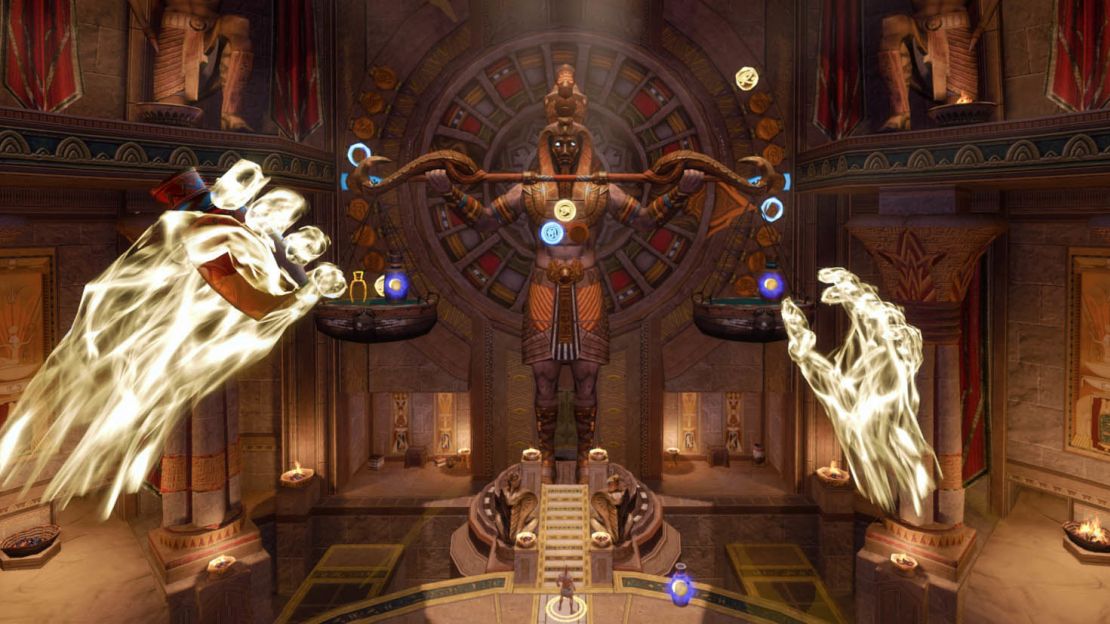
This multi-generation approach includes games coming this fall, including Assassin’s Creed Nexus VR, Lego Bricktales and Asgard’s Wrath 2 (which will be free for Meta Quest 3 owners). If that wasn’t enough, Meta Quest 3 users will be able to play console-quality games via the cloud with the Xbox Game Pass app.
It’s interesting to watch Meta’s approach to launch software compared to the PSVR 2 and HTC Vive XR Elite. The company seems less concerned about having the big flagship titles and losing steam within a year. Meta is just enhancing its older catalog, adding some quality titles in the interim and scaling up to bigger AAA quality a bit later. This also means that older Quest users aren’t forced to buy new hardware.
What we didn’t like about it
The controllers aren’t as improved as the headset
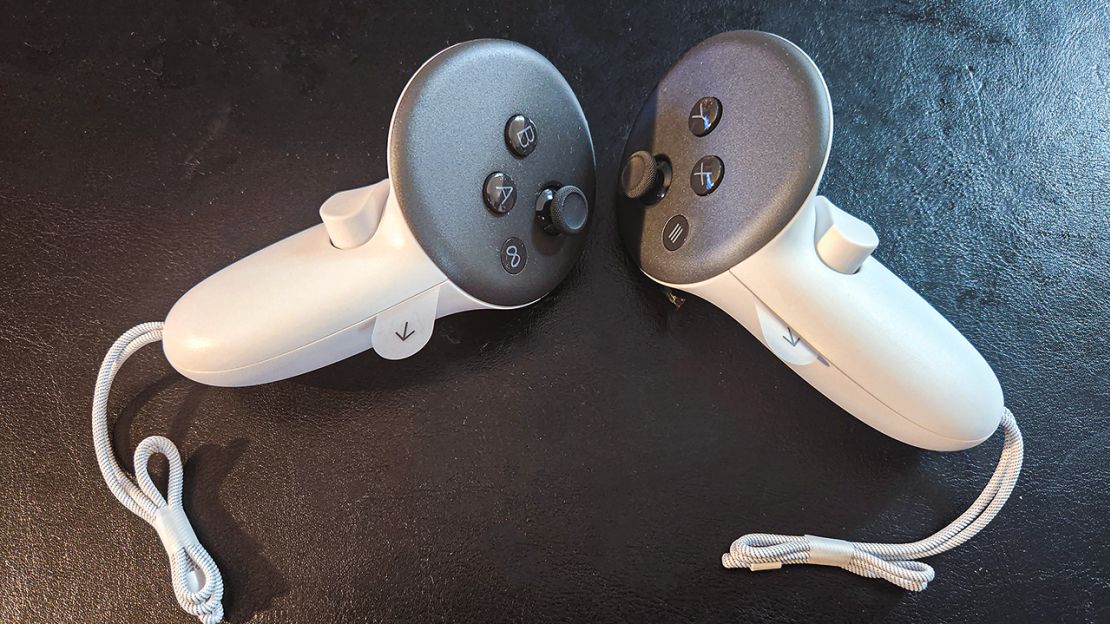
Despite the numerous changes and enhancements to the Meta Quest 3 headset, the Touch Plus controllers don’t get the same level of attention. The most notable omission are the controller rings, which featured IR LEDs for tracking. These are now moved to the faceplate of the controller with a single IR LED at the handle’s bottom. It allows for a sleeker look and ensures the rings don’t clack together during intense gameplay. Tracking feels as precise on the Meta Quest 3 as it does on the Meta Quest 2, even with the smaller size.
The other change is the improved haptic feedback through TruTouch. So far, it’s not very noticeable outside of games like Samba de Amigo, where it does mimic the feel of having tiny pebbles inside of your maracas. It feels like a lesser take on the Nintendo Switch’s HD Rumble.
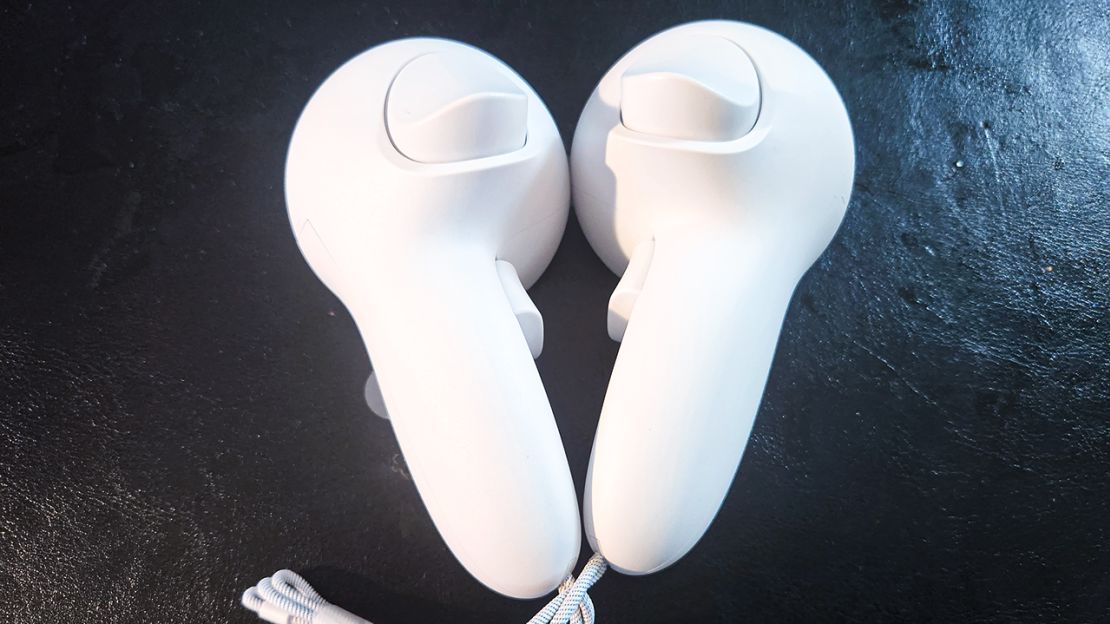
Battery life is similar to the Meta Quest 2 controllers at around 16 to 20 hours, and they’re once again powered by AA batteries. Meta does have a $130 headset charging dock that also includes rechargeable AA batteries for the controllers. Don’t expect any innovations with the Touch Plus controllers like the ones featured on the PSVR 2 or Valve Index. These controllers worked fine without issue during testing; they lasted a long time and nothing more.
Headset battery life hasn’t improved much
For all of the Quest 3’s enhancements, battery life didn’t see much improvement at all. Similar to its predecessor, there is only between two to three hours of battery life. Considering Meta promoted the headset as having a little over a quarter percentage in performance enhancements, even an extra hour improvement would have been nice.
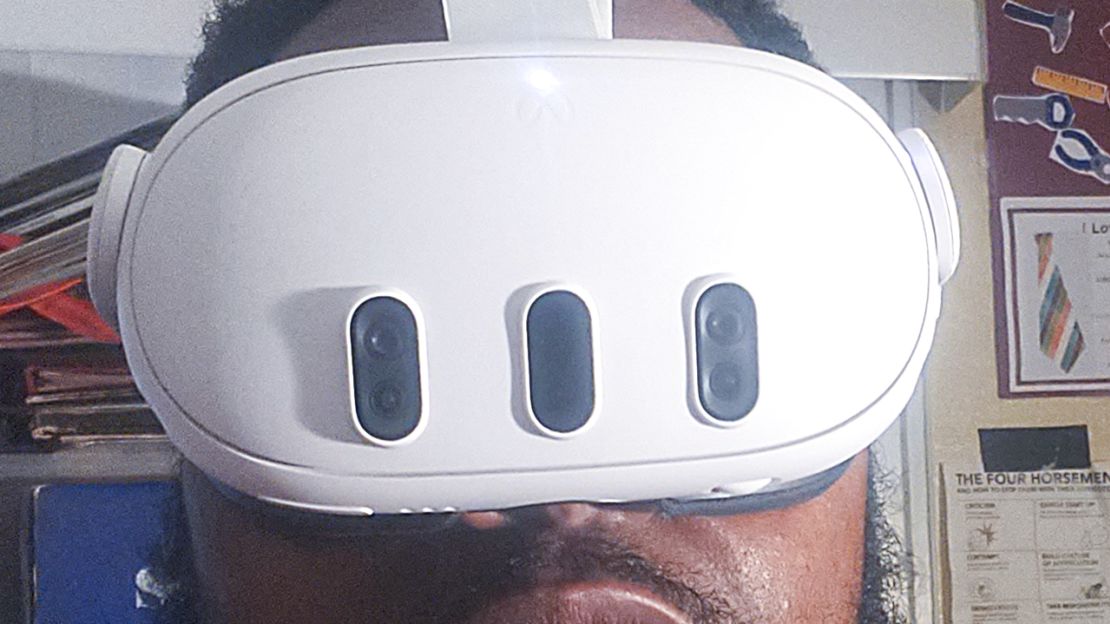
During initial testing, charging times remained the same too — it took a few hours to charge the Meta Quest 3 to full. If users want to get a few more hours out of their new headset, Meta does have an optional $130 battery strap available.
Core gaming experiences aren’t a big leap forward … yet
Outside the small amount of games that use mixed reality, don’t expect a big generational leap with your gaming experiences at launch. As mentioned previously, Meta’s approach for the Meta Quest 3 seems to be a long-term build. Though this means that there are plenty of cool and quality games at launch, there isn’t a big killer app or anything that’s generationally ahead.
You won’t get anything on the level of, say, Half-Life: Alyx (which looks even better on the Meta Quest 3 — if you have a good PC) or Horizon Call of the Mountain on PSVR 2. Bigger games like Assassin’s Creed Nexus VR and Asgard’s Wrath 2 are set for release by the end of the year, but that’s about it. Most of the games released at launch feel like smaller experiences that hint toward a bigger future. It just would have been nice to have a few Meta Quest 3 exclusive games at launch.
Bottom line
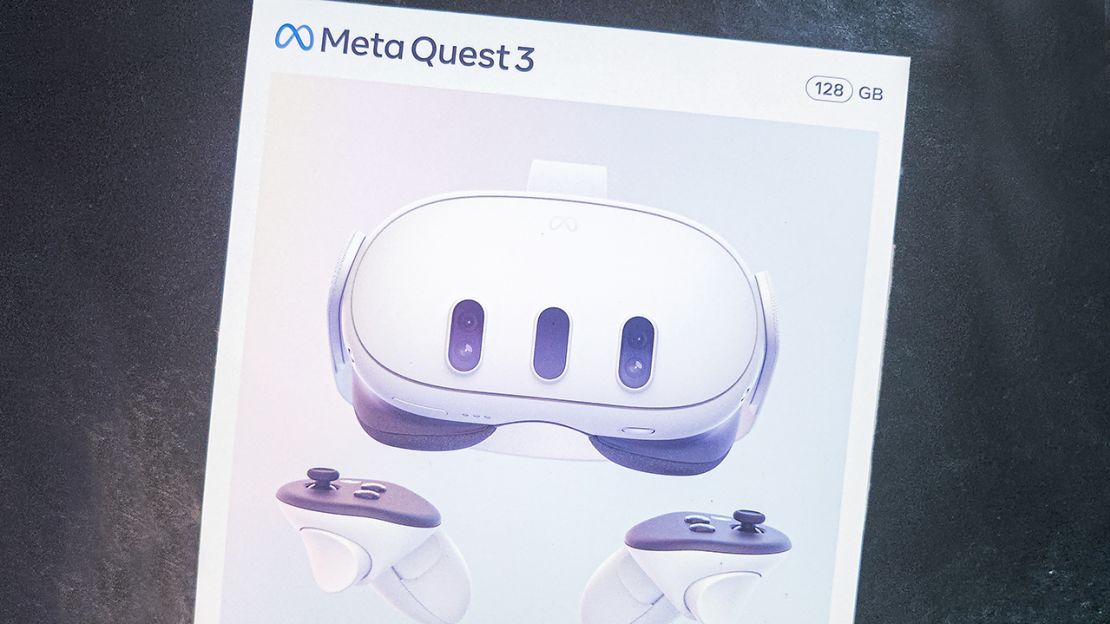
The Meta Quest 3 is undeniably a significant leap forward in the world of virtual reality. Its sleeker design, enhanced performance and impressive passthrough capabilities make it a standout device in the VR market. Passthrough technology is a game changer, allowing for mixed-reality applications that add a layer of excitement and practicality to your VR experience.
While there are some minor drawbacks, such as the limited improvement in battery life and the incremental changes to the controllers, these don’t overshadow the overall excellence of the Meta Quest 3. It’s clear that Meta’s approach to enhancing its VR ecosystem is well thought out and focused on long-term growth.
For VR enthusiasts and newcomers alike, the Meta Quest 3 is the new best VR headset for most people. Its affordability, its compatibility and the promise of future updates and titles make it a worthy investment. Whether you’re a gamer, you’re a fitness enthusiast or you’re simply looking to explore new dimensions, the Meta Quest 3 has something for you.
